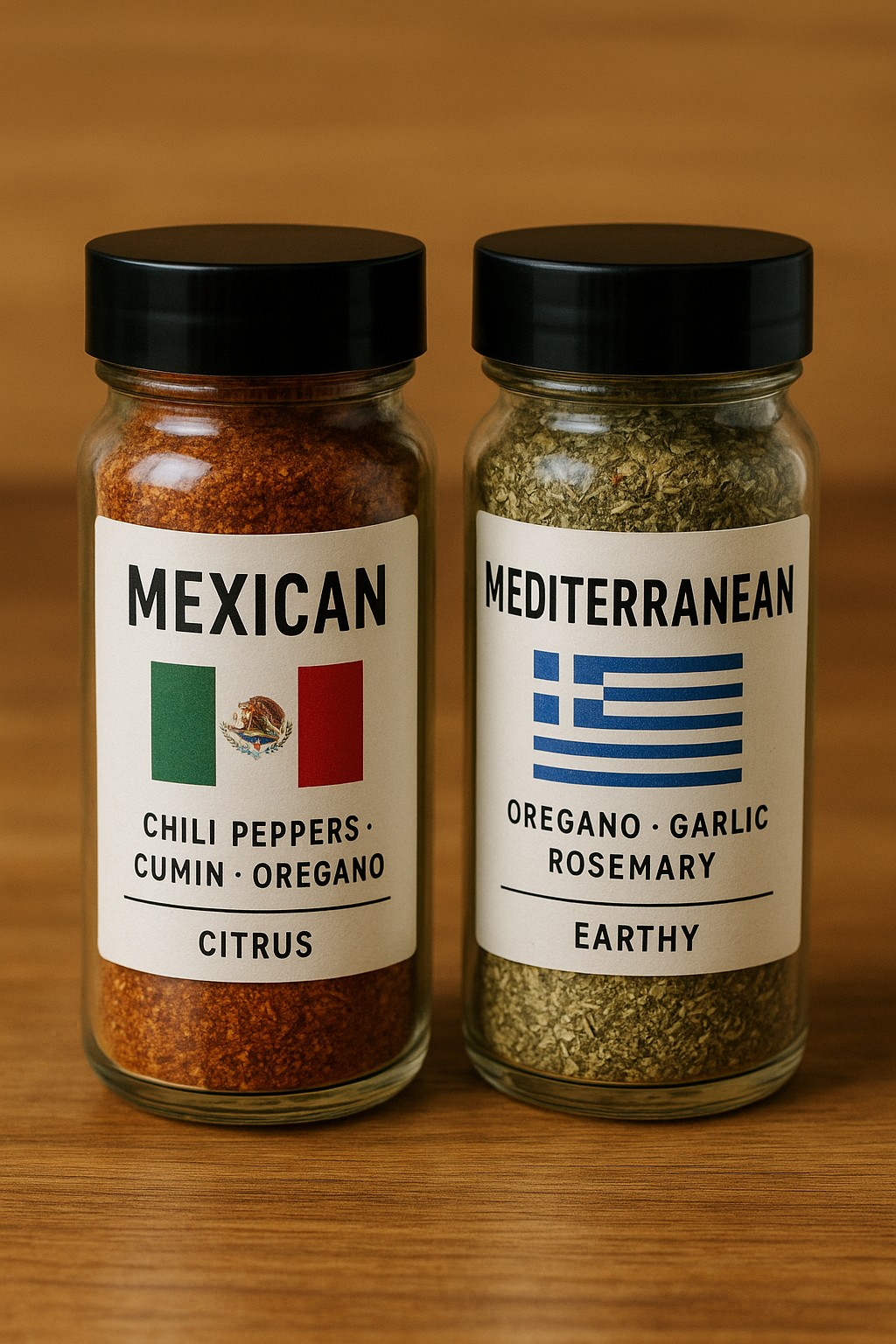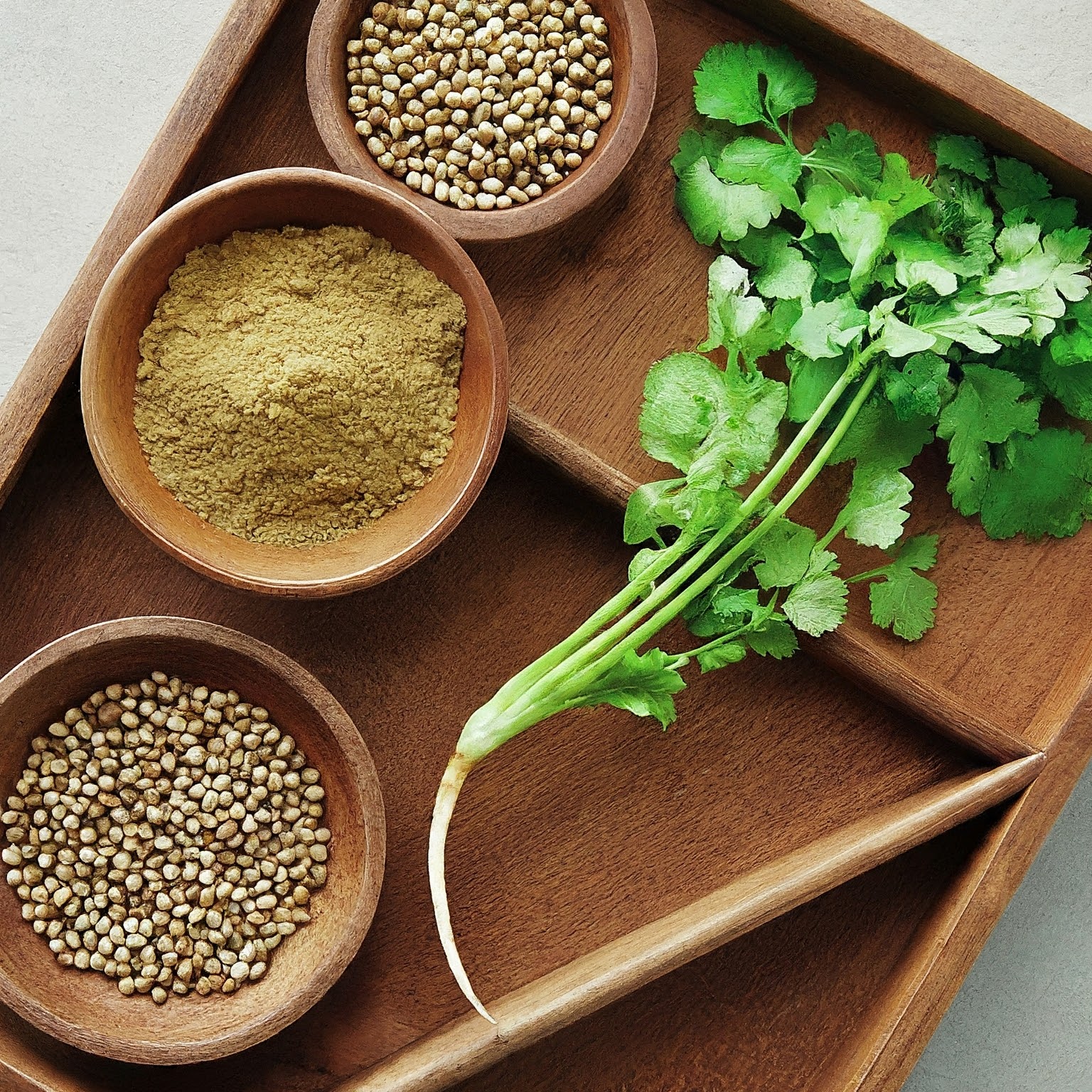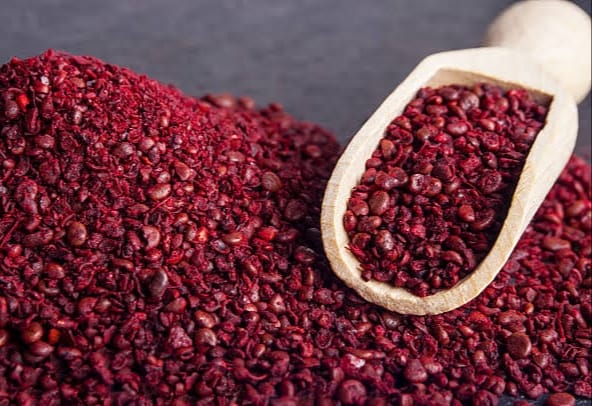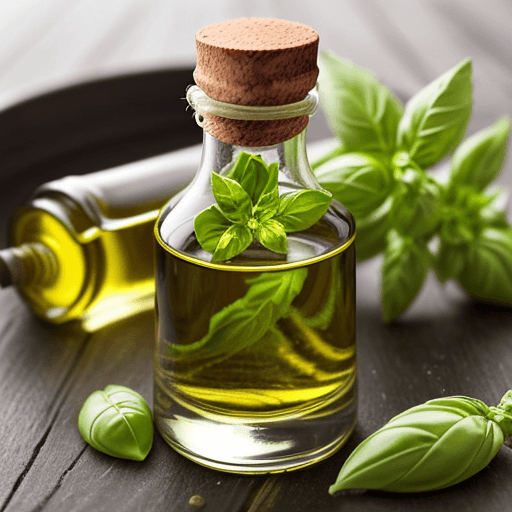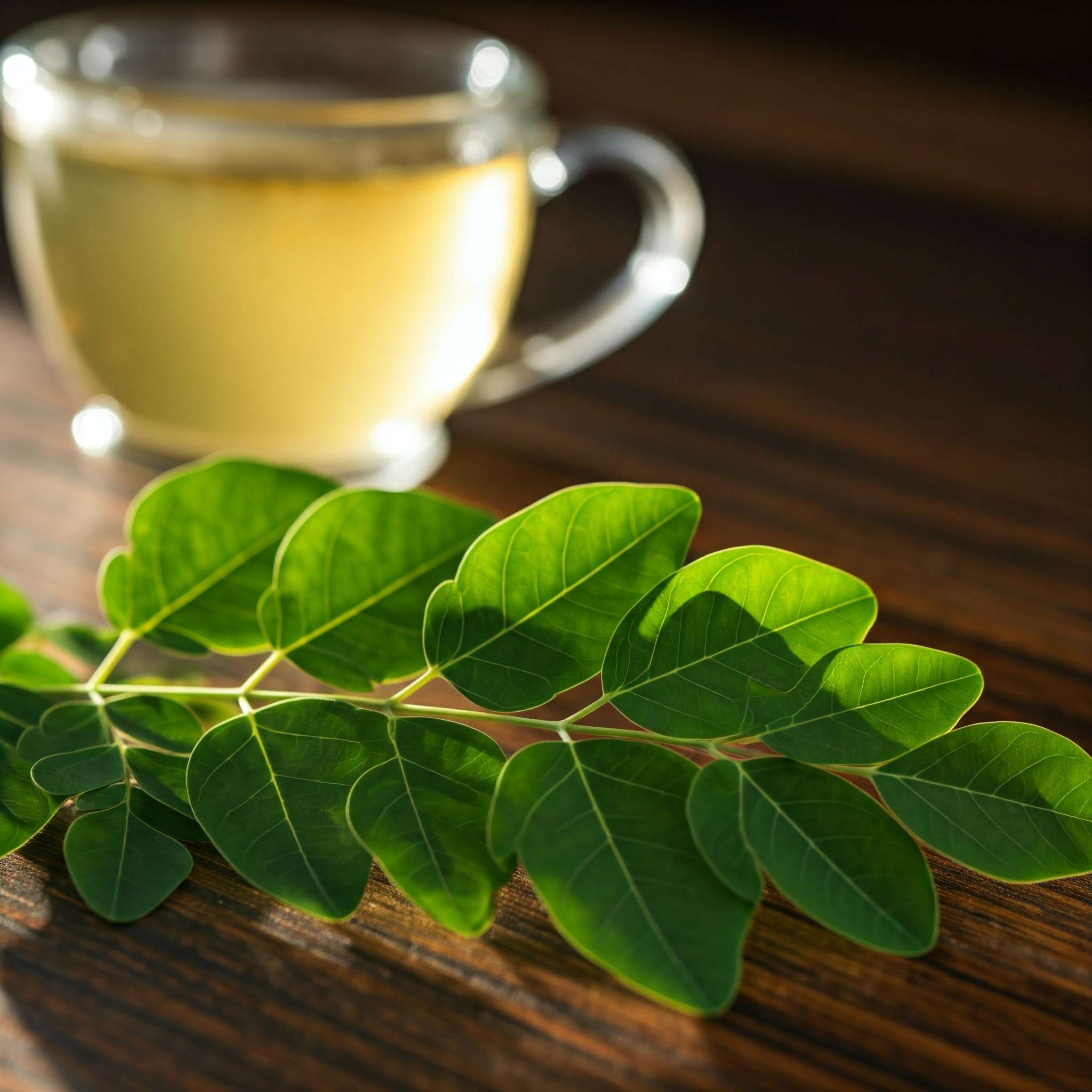Discover chayote, a versatile veggie packed with nutrients. Learn how to cook this mild-flavored squash and explore its health benefits. Try it in your next meal!
As a busy mom juggling work and family, finding nutritious, versatile ingredients is a constant quest. Enter chayote – a true culinary gem that has revolutionized my meal planning. This often-overlooked vegetable is a nutritional powerhouse, packed with vitamins and minerals.
Its mild, refreshing flavor makes it an incredibly adaptable ingredient that seamlessly fits into countless dishes. From savory stir-fries to refreshing salads, chayote is my secret weapon for creating delicious and wholesome meals for my family.
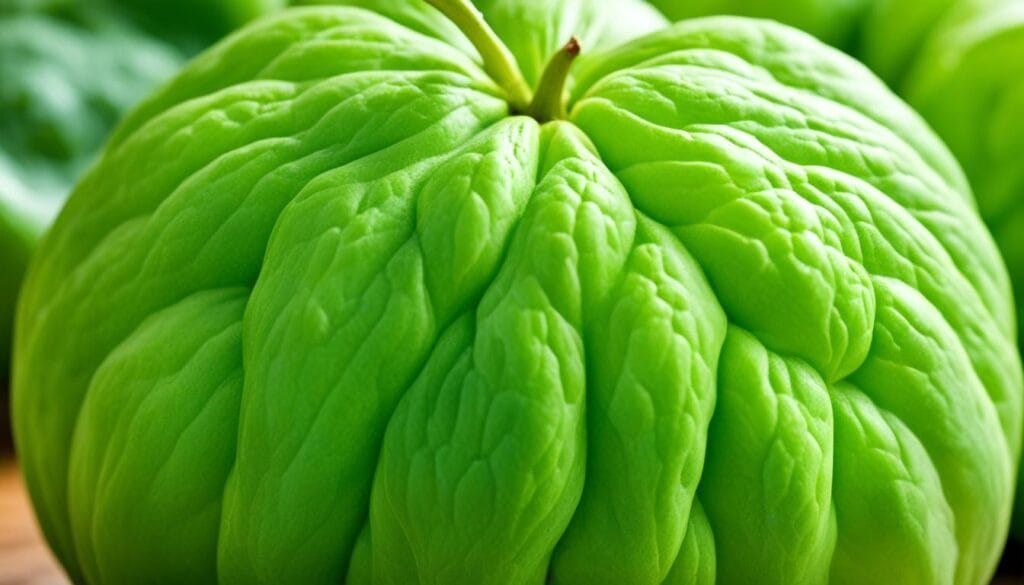
Chayote is a special squash-like vegetable from the gourd family. It’s a key ingredient in many Latin American dishes. Known as the vegetable pear or mirliton, its history and origins are quite interesting.
What is a Chayote?
Chayote looks like a light green pear and is often seen as a vegetable. It tastes mild and slightly sweet, with a crunchy texture. This makes it great for many dishes. It belongs to the Cucurbitaceae family, which also includes squashes, cucumbers, and melons.
Where Does Chayote Originate?
Hailing from the heart of Mesoamerica, chayote has journeyed from the ancient fields of Mexico and Central America to become a beloved ingredient worldwide. Cultivated for centuries by indigenous civilizations, this versatile vine has woven itself into the tapestry of countless cultures. From the bustling markets of Asia to the home kitchens of Europe, chayote’s journey is a testament to its enduring appeal and culinary adaptability.
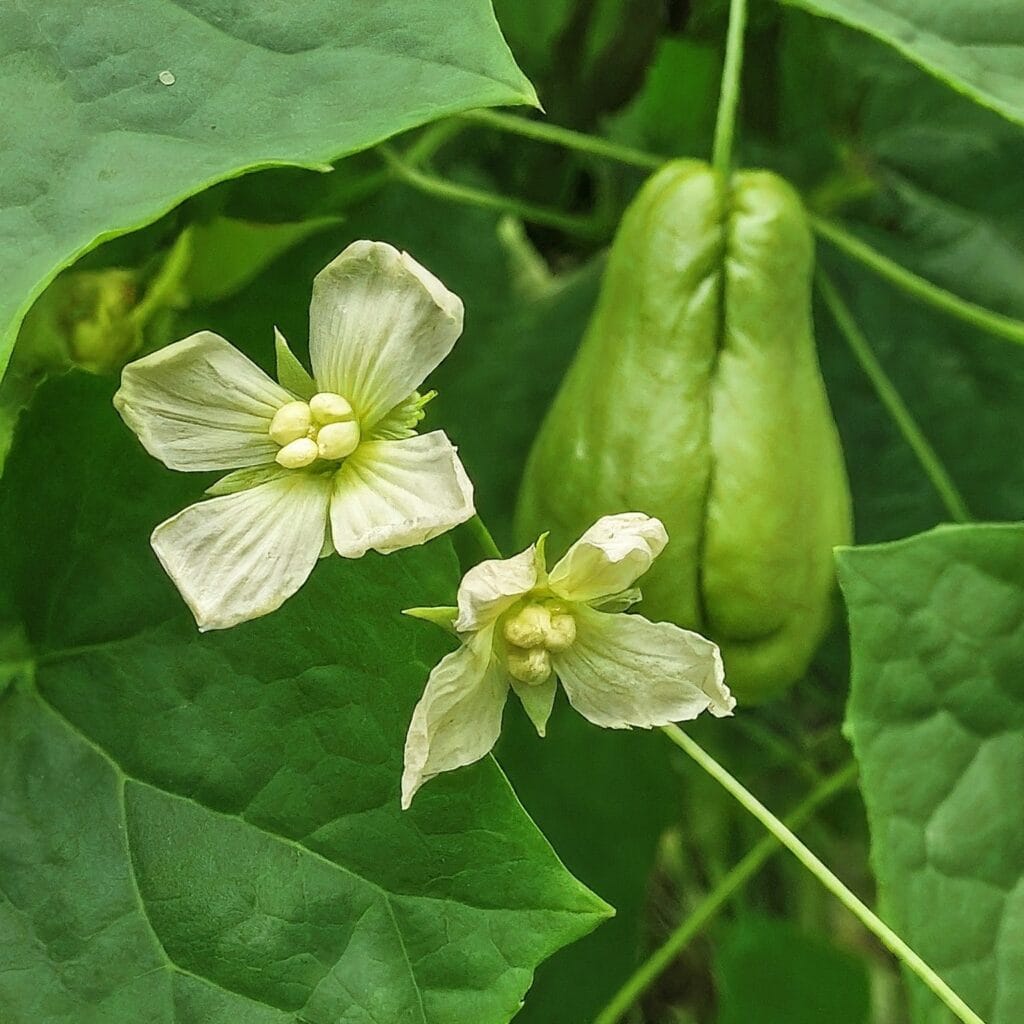
“Chayote has been a staple in Latin American cuisines for centuries, and its versatility and health benefits make it a hidden gem among vegetables.”
We’ll keep exploring chayote’s unique traits and why it’s a great addition to your cooking.
The Many Names of the Chayote
The chayote is a versatile vegetable with a long history and global presence. It is known by many names worldwide, from the Caribbean christophine to the Brazilian xuxu. This vegetable has captured the culinary imagination of various cultures and regions. Exploring the many names of the chayote gives us a glimpse into its rich heritage and the vibrant global cuisine.
Chayote: The Versatile Veggie with Many Aliases
The chayote is also called the chuchu, guatila, choko, or the Mexican pear. It’s a unique member of the gourd family. This vegetable is loved for its mild flavor, crisp texture, and versatility in cooking. In different places, it’s known by these captivating names, each showing the cultural and culinary traditions linked to it.
Understanding the diverse names for chayote helps us appreciate its rich cultural background. From the Caribbean to Brazil, and from Mexico to Australia, its names show its wide appeal and the unique traditions that have shaped its journey. This vegetable’s many names highlight its global significance and the varied ways it is celebrated around the world.
Chayote Nutrition Facts
This nutritious vegetable brims with vital vitamins, minerals, and antioxidants. With its high fiber content and abundance of vitamin C, it provides a wide range of health advantages.
High in fiber, it supports digestion and helps you feel full longer, which is ideal for weight management. Additionally, it’s low in calories, making it a perfect choice for those aiming to maintain a balanced diet.
One serving provides almost a third of your daily vitamin C needs, which is essential for a strong immune system and cellular protection. It also contains vital nutrients like folate, potassium, and manganese, all of which play important roles in maintaining overall health.
Chayote Benefits
- Fiber-Rich: Supports healthy digestion and prolongs satiety.
- Low-Calorie: A great option for weight-conscious individuals.
- Immune Support: High in vitamin C, crucial for immune health.
- Nutrient-Dense: Packed with essential vitamins and minerals such as folate, potassium, and manganese.
Incorporating this vegetable into your meals is a smart choice for better health. Whether roasted, sautéed, or added to salads, it provides a nutritional boost for a healthier lifestyle.
How to Select and Store Fresh Chayotes
Chayote is a versatile vegetable that deserves a place in your kitchen. To enjoy its unique taste and texture, it is important to pick and store them right. Here are some tips and techniques for choosing the best chayotes and keeping them fresh for your recipes.
Tips for Choosing the Perfect Chayote
When shopping for chayotes, remember these important points:
- Look for chayotes that are heavy for their size, with a smooth, unblemished skin.
- Avoid any chayotes with signs of wrinkles, bruises, or discoloration, as these may indicate the vegetable is past its prime.
- Choose chayotes that are firm to the touch, with a slight give, rather than rock-hard or overly soft.
- Opt for medium-sized chayotes, as larger ones may be more fibrous and less tender.
Proper Storage for Maximizing Chayote Freshness
After picking the perfect chayotes, it’s crucial to store them right to keep them fresh and tasty. Here’s how:
- Store chayotes in the refrigerator, ideally in the crisper drawer or a plastic bag, to maintain their crispness.
- Avoid washing chayotes before storing, as excess moisture can lead to premature spoilage.
- Chayotes can keep for up to two weeks in the refrigerator when stored properly.
- If you notice any signs of softening or wrinkling, use the chayotes as soon as possible for the best texture and flavor.
By following these simple tips for selecting and storing chayote, you’ll be well on your way to enjoying the versatility and health benefits of this underappreciated vegetable in your favorite dishes.
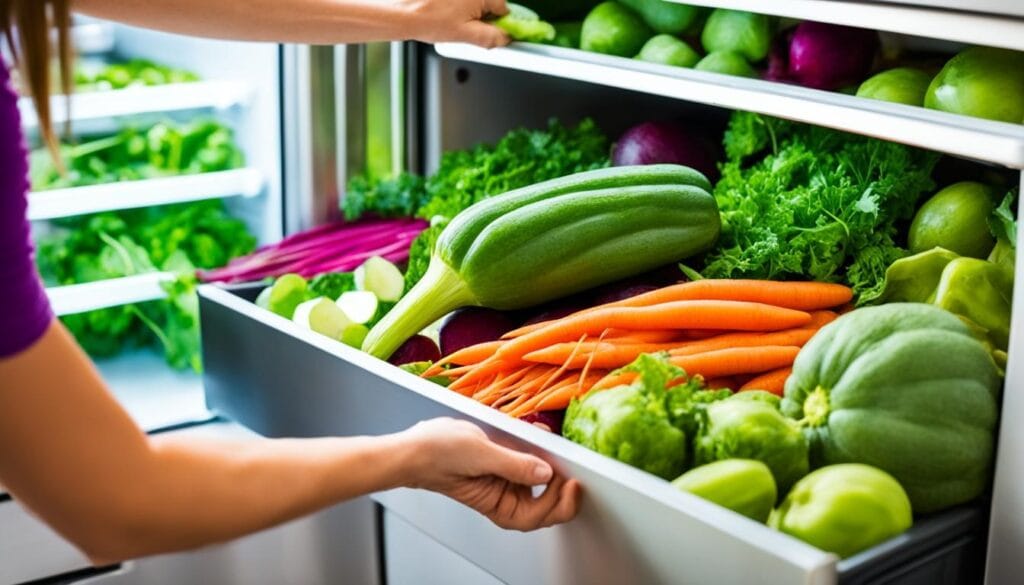
How to cook chayote
Preparing chayote for cooking might seem hard at first, but it’s actually easy with the right steps. Learn how to peel, seed, and cook chayote to easily add it to your meals.
Techniques for Peeling and Seeding Chayotes
Peeling chayote is easy. First, rinse the veggie under cool water. Then, use a sharp knife or peeler to take off the skin. Make sure not to cut too deep, as the chayote flesh is soft.
Seeding chayote is also easy. Just cut the chayote in half and use a spoon to remove the small seed in the middle. This seed is safe to eat, but many people choose to take it out for a smoother texture.
- Rinse the chayote under cool water.
- Carefully strip away the skin using a precision knife or a trusty vegetable peeler.
- Slice the chayote in half lengthwise.
- Use a spoon to scoop out the small, soft seed in the center.
After peeling and seeding, your chayote is set to be cooked. Discover the many ways to use this versatile veggie and enjoy its special taste and texture.
What does chayote taste like
Chayote is a versatile vegetable with a unique flavor that delights the senses. It has a mild, slightly sweet taste. This makes it blend well with many seasonings and cooking methods.
The chayote flavor is delicate and refreshing, with a hint of nuttiness. This adds depth and complexity. It can take on the taste of many spices, herbs, and sauces. This makes it a perfect match for both savory and sweet creations.
The chayote texture is also special, offering a crisp and juicy bite. This texture makes chayote stand out from other squashes. It’s perfect for salads, stir-fries, and even as a potato substitute in some recipes.
| Chayote Flavor Profile | Chayote Texture |
| Mild, slightly sweet taste with a hint of nuttiness | Provides a satisfying bite and mouthfeel |
| Adaptable to a wide range of seasonings and cooking methods | Provides a satisfying bite and mouthfeel |
| Complements both savory and sweet dishes | Can be used as a substitute for potatoes in certain recipes |
“Chayote is a versatile gem with a crisp, refreshing flavor that adds a distinct and delightful touch to any dish.”
Exploring chayote’s flavors and textures opens up new culinary possibilities. It lets you create dishes that look great and taste amazing.
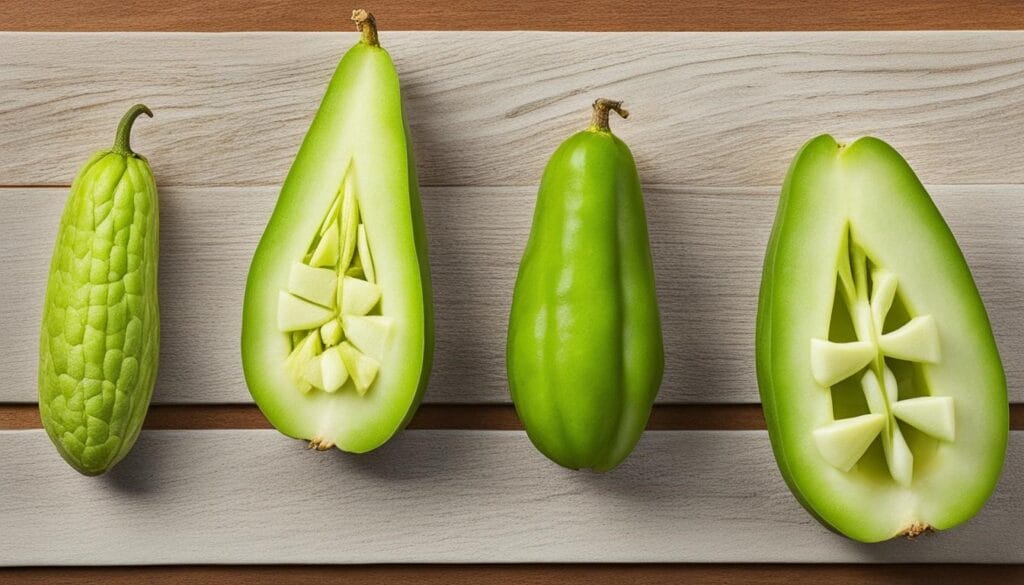
Chayote Recipes
Chayote is amazing because it can be used in many dishes. You can find it in everything from savory appetizers and main courses to sweet desserts and baked goods. Here are some creative chayote recipe ideas to get you started.
Savory Chayote Dish Ideas
Chayote has a mild taste and a firm texture. It’s perfect for savory dishes. Try adding it to:
- Stir-fries with chicken or shrimp
- Hearty soups and stews
- Grilled or roasted vegetable medleys
- Stuffed chayote boats with ground meat and cheese
- Chayote slaw or salads with a tangy dressing
Sweet Chayote Treat Inspirations
Chayote is also great for desserts and baked goods. Check out these sweet chayote recipe ideas:
- Chayote pie or tarts with a flaky crust
- Chayote fritters or fritters with a chayote filling
- Chayote bread or muffins with a touch of cinnamon
- Chayote smoothies or shakes with honey and vanilla
- Chayote custard or pudding with a creamy texture
Adding chayote to your cooking is a great way to surprise your taste buds. It brings a unique twist to your favorite dishes.
Chayote Dishes
Chayote has become a key ingredient in many global cuisines. It’s loved for its mild taste and versatility. From Latin American dishes to Asian flavors, chayote adapts well to many tastes.
In Mexico, chayote stars in stews, salsas, and even desserts. Its flavor is perfect for chayote con queso and chayote en escabeche. In Central and South America, it is used in soups, salads, and as a side dish.
Chayote has also made its way to Asia. In Thailand, it’s stir-fried with shrimp or chicken. In Vietnam, it’s in canh chua and gỏi cuốn. In India, it’s added to curries or sautéed as a side.
Even in Europe, chayote has found a place. In France, it’s part of ratatouille. In Spain, it’s in pisto and tortilla.
| Cuisine | Chayote Dish Examples |
| Latin American | Chayote con queso, Chayote enescabeche, Chayote in stews and salsas |
| Asian | Stir-fried chayote with shrimp or chicken, Chayote in sour soup and spring rolls, Chayote in curries |
| European | Chayote in ratatouille, Chayote in pisto and tortilla |
Chayote’s versatility shows its global appeal and the creativity of cooks worldwide. As you try new dishes, look for chayote in various cuisines.
Growing Chayote
If you love gardening and appreciate the chayote’s versatility, consider growing your own. Raising chayote in your garden is fulfilling. It lets you enjoy fresh, homegrown produce. Here are the key tips and best practices for growing chayote plants.
Planting and Caring for Chayote
Chayote plants do well in warm places without frost and need soil that drains well. When planting, pick a spot that gets a lot of sun. Put the whole chayote fruit in the ground, showing only the stem and leaves. Make sure the soil is moist but not too wet by watering the plant often.
- Plant chayotes in the spring or early summer for best results.
- Provide support for the vines, such as a trellis or wire cage, as they can grow up to 15 feet long.
- Prune the plants regularly to encourage branching and fruit production.
Harvesting Homegrown Chayotes
Be patient with chayotes as they take 3-4 months to get ready. Watch your plants closely. When the fruits are 4-6 inches big, they’re ready to pick. Twist the chayote gently to take it off the vine without hurting the plant.
“Growing your own chayotes is a rewarding experience that allows you to enjoy the unique flavor and health benefits of this versatile vegetable directly from your garden.”
With the right care, you can have a lot of fresh, homegrown chayotes. Add these healthy veggies to your meals and feel the happiness of growing your own food.
Chayote: Eco-Friendly Veggie Choice
In today’s world, sustainable chayote is a great choice for those who care about the planet. This veggie is not just tasty but also good for the earth. It’s a smart pick for anyone looking to eat better and help the environment.
Eco-friendly chayote is great because it uses less water and energy to grow. This makes it a smart choice for those looking to reduce their environmental impact. It fits well with the trend of eating more plant-based foods that are good for the earth.
- Chayote’s water-efficient growing requirements conserve precious natural resources.
- The vegetable’s low-input cultivation process results in a smaller carbon footprint compared to many other produce options.
- Chayote’s versatility allows it to be utilized in a wide range of dishes, reducing food waste and promoting a more sustainable food system.
Sustainable chayote is not just good for the planet; it’s also good for you. It’s full of fiber, vitamins, and minerals that help keep you healthy. This makes it a great choice for anyone looking to eat well and live well.
| Nutrient | Amount per 100g |
| Fiber | 2.8g |
| Vitamin C | 14mg |
| Potassium | 140mg |
As we all try to live more sustainably, eco-friendly chayote is a top choice. It’s grown with little impact on the earth, uses less water, and is packed with nutrients. Adding it to your meals is a great way to eat better and help the planet.
“Incorporating sustainable chayote into our diets is a simple yet impactful way to make a difference for the planet and our own well-being.”
Conclusion
The chayote is a standout in the vegetable world. It’s packed with nutrients and can fit into many dishes. This veggie is a must-have for every home cook.
Looking for something healthy for your salads or tasty for your stir-fries? Chayote is your go-to. Try out different chayote recipes, from savory to sweet desserts. It can make your meals better and give you the nutrients you need.
Keep an open mind as you explore more about chayote. This veggie is good for the planet and your health. Add chayote to your meals for a burst of flavor and nutrition.
If you love discovering wholesome, earth-grown vegetables like chayote, you might also enjoy artichokes — another nutritional powerhouse celebrated for their liver-supporting properties and culinary versatility.
Discover the healing power of artichokes and how to use them in your kitchen → The Artichoke: A Prickly Treasure of the Culinary World
FAQ
Q. What is a chayote?
A. Chayote is a unique squash-like vegetable from the gourd family. It comes from Mexico and Central America. People in Latin America have loved it for centuries.
Q. Where does chayote come from?
A. Chayote is from Mexico and Central America. It was first grown by indigenous people long before Europeans arrived. It has been a key part of their food for a long time.
Q. What are the different names for chayote?
A. Chayote is known by many names worldwide. These include christophine, xuxu, chuchu, guatila, choko, and the Mexican pear. These names show how popular and diverse this vegetable is.
Q. What are the health benefits of chayote?
A. Chayote is packed with vitamins, minerals, and antioxidants. It’s full of fiber, vitamin C, and other nutrients. Adding it to your diet is great for your health.
Q. How do I choose and store fresh chayotes?
A. Choose chayotes that are firm, heavy, and have no soft spots or blemishes. Keep them in the fridge for up to a week or at room temperature for a few days.
Q. How do I prepare chayotes for cooking?
A. To prepare chayotes, cut them in half and scoop out the seed with a spoon. Then, peel the skin with a vegetable peeler or a sharp knife.
Q. How does chayote taste and what is its texture?
A. Chayote tastes mild and slightly sweet. Its texture is crisp, like a mix between a cucumber and a pear. It’s great at taking on different flavors and cooking methods.
Q. What are some delicious chayote recipes?
A. Chayote is great in many dishes, from appetizers to desserts. Popular recipes include chayote slaw, gratin, fritters, and pie.
Q. How is chayote used in different cuisines around the world?
A. Chayote is a key ingredient in many cuisines, especially in Latin American, Asian, and European cooking. It fits well into various dishes, from stir-fries to stews.
Q. Can I grow my own chayote plants?
A. Yes, you can grow chayote plants in warm, humid places with good soil. With the right care, you can enjoy fresh chayotes from your garden.
Q. Why is chayote a sustainable and eco-friendly vegetable choice?
A. Chayote is good for the planet because it grows with low water and carbon use. Adding it to your meals helps the environment and is nutritious.
